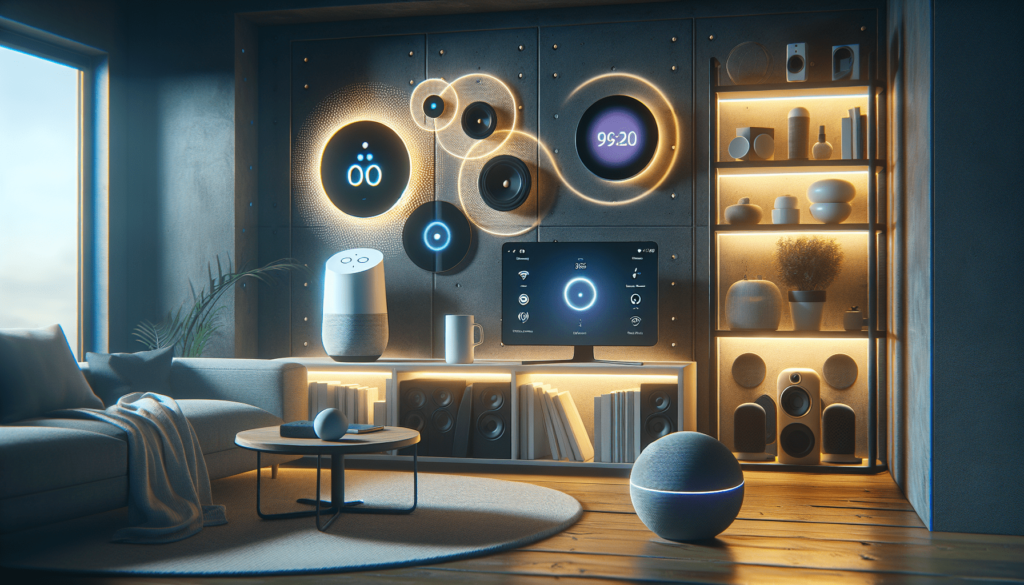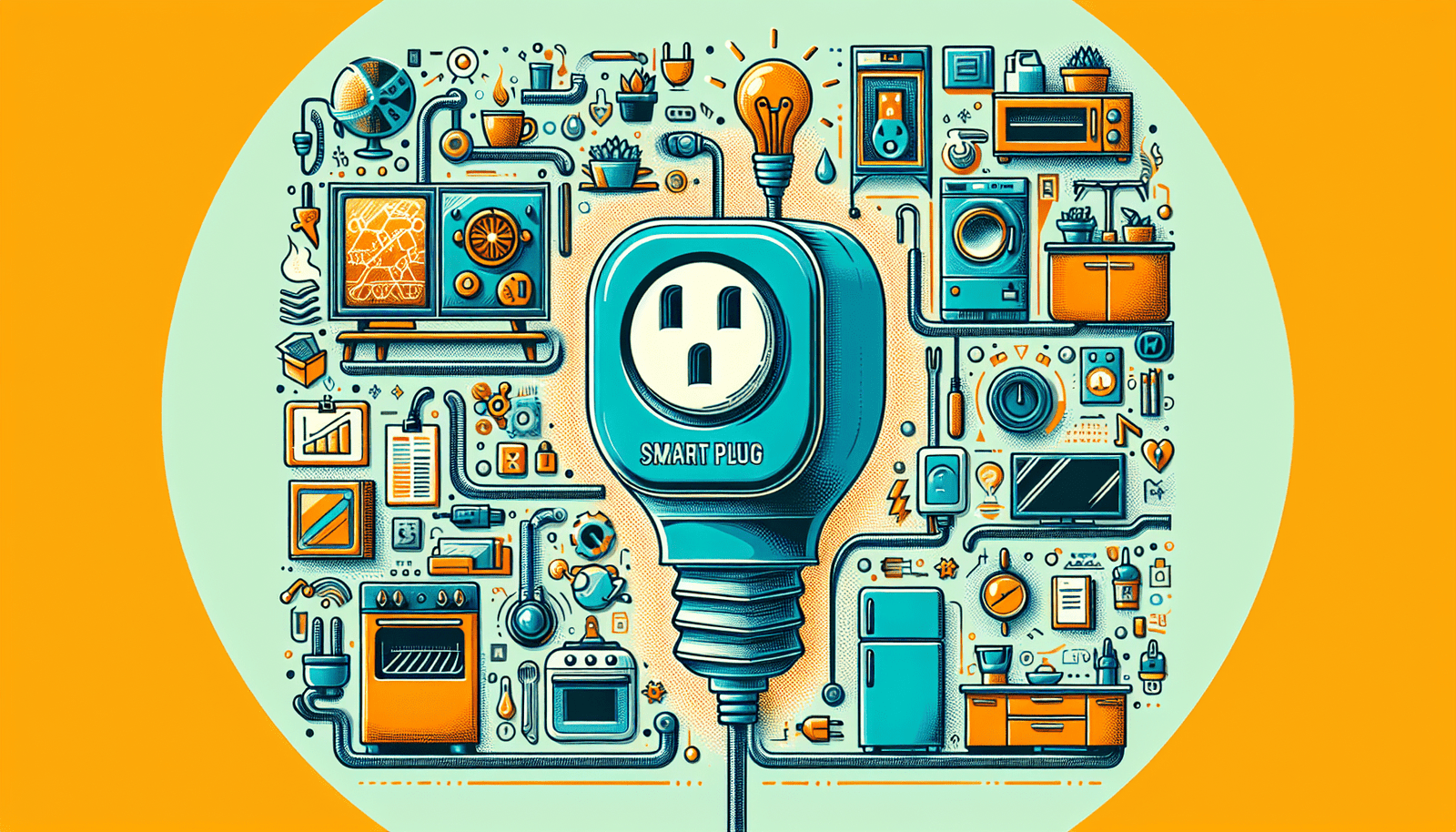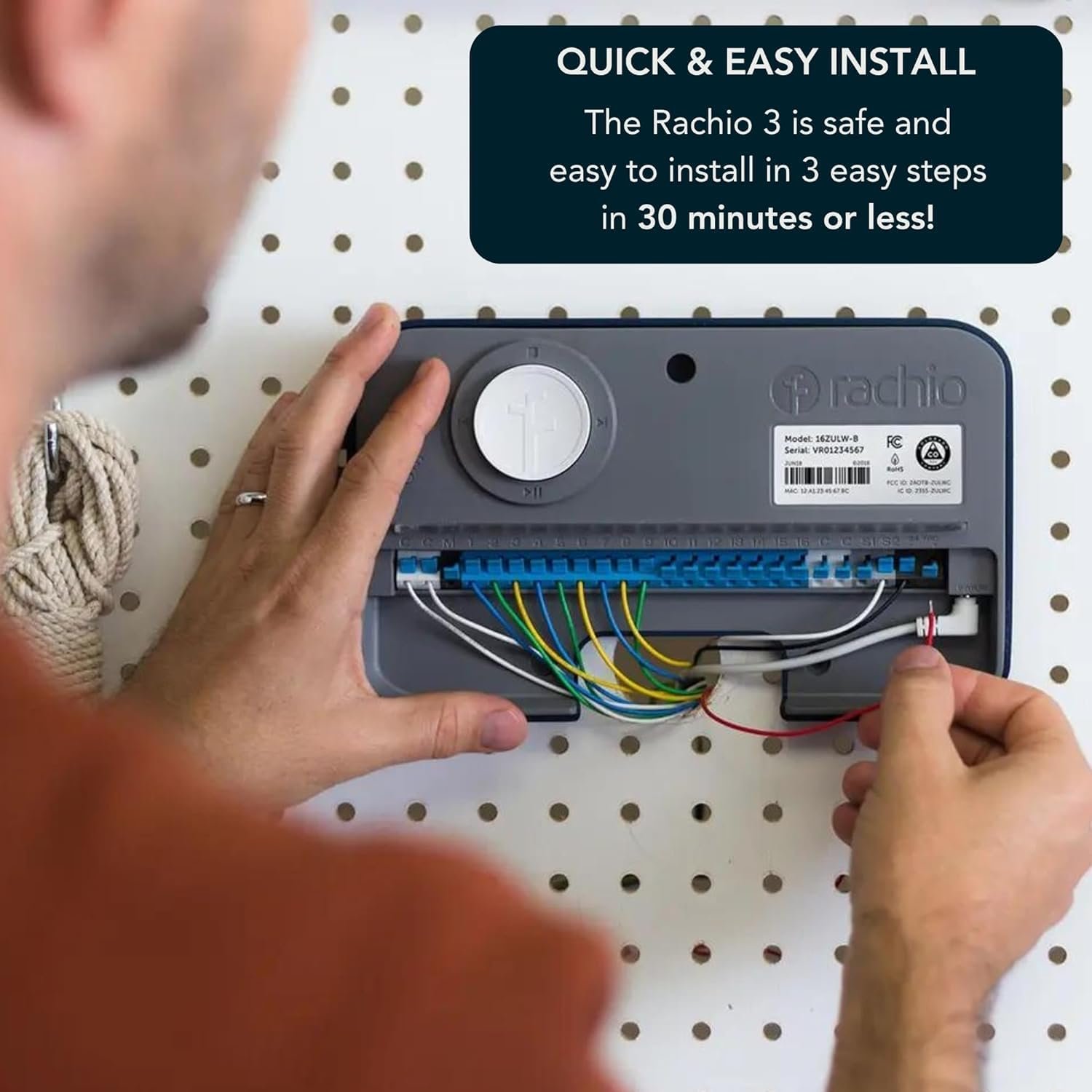Have you ever wondered how smart home systems could radically improve your daily life? Choosing the right smart home system can make all the difference in creating a connected, efficient, and enjoyable living environment. Today, let’s look at the top three smart home systems from Apple, Google, and Amazon to help you decide which one aligns best with your lifestyle and needs.
Understanding Smart Home Systems
Smart home systems have taken center stage in modern living, offering convenience, security, and efficiency. But what exactly is a smart home system? At their core, smart home systems are networks of devices that automate and control various aspects of your home, such as lighting, heating, security, and entertainment. By integrating these devices through a central hub or application, you can control them remotely using your smartphone, tablet, or voice commands.
Key Features of Smart Home Technology
In a smart home, devices communicate with each other seamlessly. This interconnectivity is essential for creating a cohesive network that can gather data, learn your habits, and make intelligent recommendations to improve your living conditions. From thermostats that adjust the temperature based on your presence to security cameras that notify you of unusual activity, smart home technology can transform your home into a personalized haven.
Types of Smart Home Devices
Smart home devices range from simple gadgets like smart light bulbs to more complex systems like whole-home security setups. Common smart home devices include:
- Smart Speakers: Used for voice-controlled commands and integration with other devices.
- Smart Lighting: Energy-efficient lighting solutions that can change color and brightness.
- Thermostats: Devices that learn your schedule and preferences to optimize energy usage.
- Security Systems: Including cameras, doorbells, and locks that enhance home safety.
- Appliances: Such as refrigerators, ovens, and washers that can be monitored and controlled remotely.
Comparing the Leading Smart Home Systems: Apple HomeKit, Google Home, and Amazon Alexa
Each of these smart home systems offers unique features, services, and compatibility options. Let’s break down what each one brings to the table.
Apple HomeKit
Apple’s HomeKit aims to simplify home automation by integrating with iOS devices and using the Home app for control. Designed for security and ease of use, HomeKit allows you to set up scenes and automations that fit your lifestyle.
- Compatibility: HomeKit-compatible devices can be controllable from your iPhone, iPad, or Mac.
- Security Features: HomeKit is well-known for its focus on privacy and security, utilizing end-to-end encryption.
- Automation: Offers a wide range of automations and scenes you can set directly from Siri or the Home app.
- Ecosystem: Works seamlessly if you’re already invested in Apple’s ecosystem.
Google Home
Google Home leverages Google’s extensive information network to offer intelligent insights and controls for your smart home devices. Here’s what you can typically expect:
- Integration: Google Home works particularly well with Google services and devices, such as Chromecast and Nest products.
- Voice Assistant: Google Assistant provides robust voice control and advanced AI capabilities.
- Customization: Offers personalized routines that adapt to user preferences and schedules.
- Compatibility: Supports a wide range of third-party devices, making it flexible for mixed-brand environments.
Amazon Alexa
As one of the pioneers in the smart home market, Amazon Alexa offers a comprehensive ecosystem that supports a massive range of devices and services.
- Device Variety: Amazon Echo products and Alexa-enabled devices are widely available and diverse.
- Skill Library: Alexa’s skills can expand functionality considerably, covering everything from playing music to controlling home security systems.
- Integration: Highly compatible with numerous third-party services and smart devices.
- Voice Control: Provides robust voice command capabilities, driving convenience and ease of use.

Cost and Value Considerations for Smart Home Systems
Investing in a smart home system can vary drastically in terms of cost, depending on the scope of your upgrades and the brands you choose. Let’s evaluate the cost implications across these systems.
Initial Costs
- Apple HomeKit: Typically, Apple devices trend toward the higher end of the market, meaning initial setup costs can be substantial, especially if you’re not yet within the Apple ecosystem.
- Google Home: Google devices can offer a middle ground in terms of cost, balancing affordability with functionality.
- Amazon Alexa: Known for offering budget-friendly devices, making it accessible for those who want a cost-effective entry into the world of smart home systems.
Long-Term Savings
The potential long-term savings from smart home systems generally come from energy efficiency and reduced utility bills. Devices like smart thermostats and intelligent lighting can significantly cut energy costs.
- Energy Efficiency: Smart thermostats from any system can learn your habits and adjust heating or cooling accordingly, optimizing energy usage.
- Smart Lighting: Automated lighting systems ensure lights are turned off when not needed, saving you money over time.
Return on Investment (ROI)
While initial investments in smart home systems can be high, they may increase the value of your property. Real estate markets are starting to favor homes with smart technology because of their appeal to tech-savvy buyers and renters.
Setting Up Your Smart Home: Practical Guides
Getting started with smart home technology doesn’t have to be daunting. Here’s a step-by-step guide for each system to make things smoother.
Apple HomeKit Setup
To start with HomeKit:
- Choose Your Devices: Ensure they are labeled as HomeKit-compatible.
- Download the Home App: Use your iPhone or iPad.
- Add Accessories: Scan the HomeKit code or enter setup data for each device.
- Set Up Automations: Customize scenes and automations through the Home app.
- Voice Control with Siri: Use Siri for voice commands and control.
Google Home Setup
Here’s how to integrate Google Home into your daily life:
- Download Google Home App: Available on both Android and iOS.
- Set Up Google Assistant: Connect your devices to Google Assistant.
- Integrate Compatible Products: Sync compatible smart devices using Wi-Fi.
- Create Routines: Tailor routines and schedules to fit your daily needs.
- Utilize Google Services: Leverage Gmail, Calendar, and Maps integration for more tailored control.
Amazon Alexa Setup
To kickstart your Amazon Alexa experience:
- Install the Alexa App: Essential for device integration.
- Connect Amazon Alexa Devices: Such as Echo Dot or Echo Show.
- Use Alexa Skills: Enable skills based on your interests and needs.
- Set Up Voice Profiles: For individual user experiences.
- Routine Creation: Automate tasks and create routines using the app.

Security and Privacy Factors
One of the biggest concerns for smart homeowners is the potential security and privacy risks associated with smart devices. Each of the big three systems addresses these concerns in various ways.
Apple HomeKit Security
Apple is renowned for its strong stance on privacy and security, providing:
- End-to-End Encryption: Protects all data transmissions.
- Local Device Processing: Minimal data is stored in the cloud; most is processed locally.
Google Home Security
Google uses its extensive expertise in data protection to secure smart home systems:
- Regular Security Updates: Protect against vulnerabilities.
- User Control: Google allows control over data collection and usage.
Amazon Alexa Security
Amazon focuses on awareness and control, ensuring:
- Voice Recording Management: Allows users to delete recordings.
- Automatic Updates: Keeps devices secure.
Energy Efficiency and Sustainability
One of the greatest benefits of smart home systems is their ability to improve energy efficiency, leading to a more sustainable lifestyle.
Smart Thermostats
Devices like the Nest Thermostat or Ecobee learn your habits and adjust accordingly, cutting down on unnecessary energy usage.
Smart Lighting
You can automate smart bulbs to adjust based on natural light or preset schedules, reducing waste.
Energy Monitoring
Many smart systems now offer energy usage insights, enabling you to track and manage your consumption effectively.
Compatibility and Connectivity
Ensuring that your devices work together seamlessly is crucial for a successful smart home setup.
Apple HomeKit Compatibility
Only devices labeled as HomeKit-compatible will work, ensuring high security but limiting options to some extent.
Google Home Compatibility
Google Home is highly compatible with many third-party devices, making it a flexible choice for varied ecosystems.
Amazon Alexa Compatibility
Alexa boasts compatibility with thousands of devices, offering unparalleled connectivity in the smart home landscape.
Future-Proofing and Innovation in Smart Home Technology
The world of smart home technology is ever-evolving, with new trends and advancements on the horizon.
IoT Integration
The Internet of Things (IoT) continues to expand, adding more smart devices and greater integration options.
AI and Machine Learning
As AI becomes more advanced, smart home systems will grow more intuitive, learning not only your habits but predicting needs.
5G Technology
With the rollout of 5G, the speed and reliability of smart home networks will improve, making remote control and real-time data access more efficient.
Aligning Smart Home Investments with Your Needs and Budget
Consider all aspects carefully—your lifestyle, the level of home automation you desire, and your budget—when selecting a smart home system.
Prioritizing Features
Identify which features are vital to your lifestyle and make purchasing decisions based on those priorities.
Budgeting for the Long Term
Although initial costs can be high, consider the potential savings on utilities and increased home value over time.
Choosing the right smart home system involves balancing costs, compatibility, and features that meet your specific needs. Whether you lean towards Apple, Google, or Amazon, each provides unique advantages that can transform your living environment into a smarter, more responsive home.




